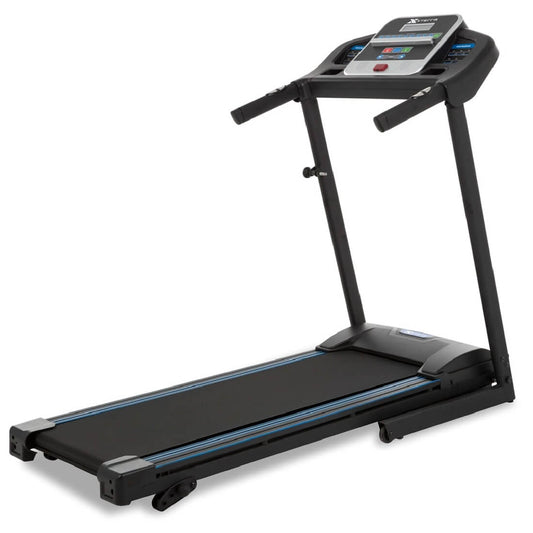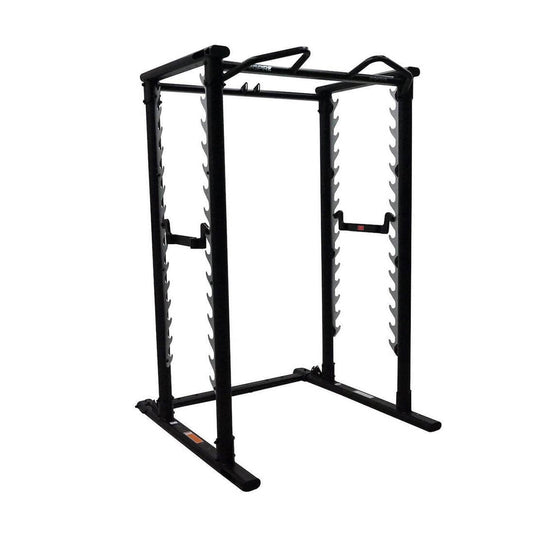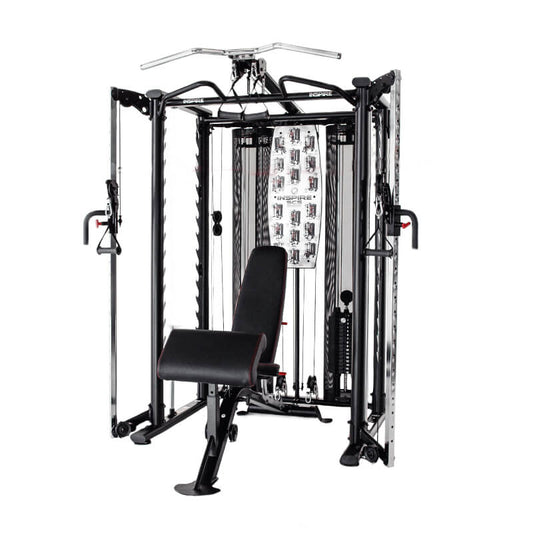Introduction
Treadmills are a staple in the world of fitness, and their evolution has brought about impressive innovations. Among these is the inclusion of incline and decline features, turning an ordinary treadmill into a versatile fitness tool. In this blog, we'll delve into the advantages of treadmills with incline and decline settings, offer helpful tips for getting started, and outline the equipment you need to embark on this fitness journey.
Advantages of Incline and Decline Treadmill Workouts
-
Varied Workout Intensity
Treadmills with incline and decline features allow you to adjust the angle of the running surface, mimicking uphill and downhill terrains. This variation in incline and decline levels creates a more diverse and challenging workout. You can start with a gentle incline for a brisk walk and progressively increase the angle for a high-intensity uphill run. Conversely, decline settings provide an opportunity to target different muscle groups and alleviate the strain on your joints.
-
Enhanced Calorie Burn
Incline and decline settings boost calorie expenditure during your workouts. Running or walking uphill requires more effort and engages additional muscle groups, leading to increased calorie burn. This advantage is particularly appealing for individuals looking to manage their weight effectively.
-
Muscle Engagement
When you incorporate incline and decline into your treadmill workouts, you engage a broader range of muscles. Incline settings target your glutes, hamstrings, and calves, helping you build lower body strength and tone. Decline settings, on the other hand, challenge your quads and anterior tibialis muscles, enhancing muscle balance and overall fitness.
-
Cardiovascular Benefits
Incline and decline workouts are superb for cardiovascular health. They elevate your heart rate, enhance lung capacity, and improve overall cardiovascular endurance. By adjusting the treadmill's settings, you can create a personalized cardio workout tailored to your fitness level and goals.
Getting Started with Incline and Decline Treadmill Workouts: Tips and Equipment
-
Warm-Up and Cool Down
Always begin your treadmill workout with a brief warm-up at a flat or slight incline setting. Gradually increase the incline or decline as your muscles become more limber. Similarly, finish your session with a cool-down period to gradually lower your heart rate and relax your muscles.
-
Proper Footwear
Invest in quality running shoes that provide adequate support and cushioning. This is crucial for protecting your feet and joints during incline and decline workouts.
-
Maintain Good Posture
Maintain proper posture while on the treadmill. Keep your back straight, shoulders relaxed, and arms swinging naturally. Avoid leaning on the handrails excessively, as this can reduce the effectiveness of the workout.
-
Start Slowly
If you're new to incline and decline treadmill workouts, start with gentle incline settings and gradually progress as your fitness improves. Listen to your body, and don't push yourself too hard too soon.
Final Thoughts
Incorporating incline and decline settings into your treadmill workouts offers a multitude of advantages, from varied intensity and enhanced calorie burn to improved muscle engagement and cardiovascular benefits. Starting this fitness journey requires some essential equipment, including a quality treadmill with these features, proper running shoes, and a commitment to gradual progression and good form. With these advantages and tips in mind, you can elevate your treadmill workouts and embark on a path to improved fitness and well-being.








